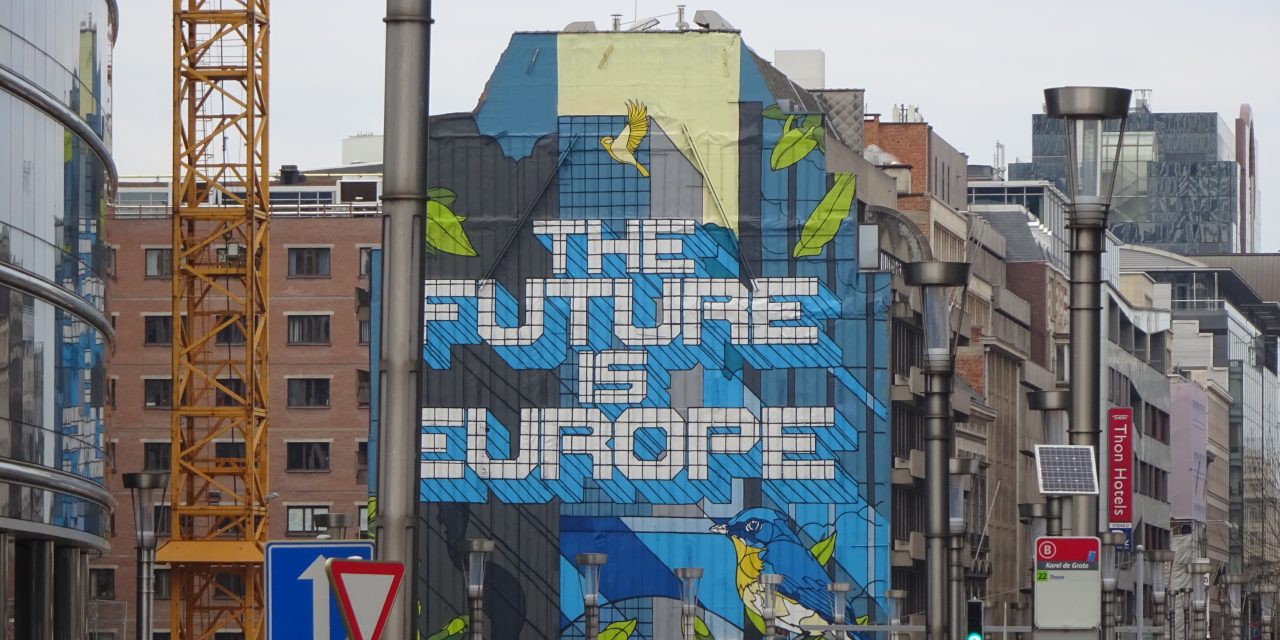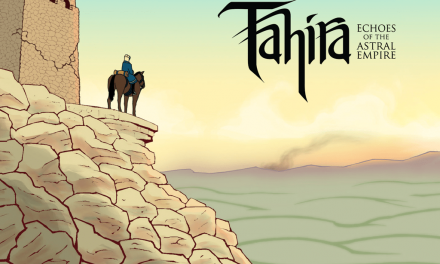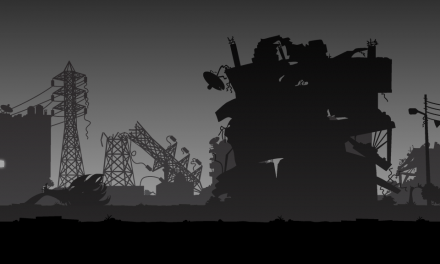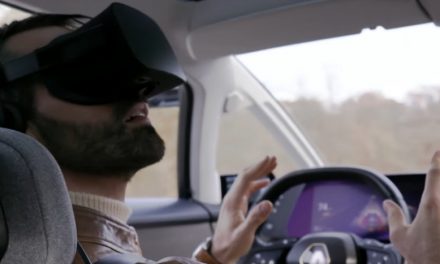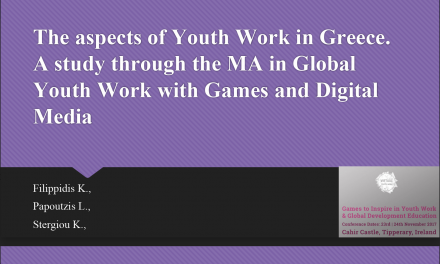This is written from the perspective of a youth organisation involved in a number of mobility of youth worker projects.
Why did your organisation decide on doing this type of European projects?
We were driven to European work through necessity. We identified needs within our organisation and with little resources we turned to Europe for guidance.
In 2009 in response to the financial crash our youth organisation designed a youth employment initiative “Work Winner Programme” for 18 to 25 years old. The programme was based on a youth work model of engagement; the model was underpinned by voluntary participation and was a marriage between self-governance and collaboration. The programme was a response to an enormous need. What was unique about the programme was the lack of top down guidance involved in its design as there appeared to be nothing of its kind in any of the youth services in Ireland. The project created partnerships with the Department of Social Protection (DSP) Vocational Education Committee (VEC), local employers and Leader companies. There was a prevailing feeling among many youth workers that working with DSP put at risk the “relationship” with the young person, and “activation” work brought into question voluntary participation. For this reason, the programme did two significant things that would shape our youth work practice for the coming years, firstly we allowed young people autonomy in the design of the programme, they became the architects and secondly, we turned to Europe for guidance. The European input came in the form of youth employment seminars. We invited youth workers and policy makers from across Europe to attend conferences where we could test our ideas, share our learning and allow them to inform our future practice and policies. We tried to pick our partners strategically focusing on countries that had low youth unemployment and implemented the Youth Guarantee along with also inviting partners from Spain and Greece whose youth unemployment had long past crisis point.
These programmes were challenging. Journeys into the unknown.
What has been the biggest impact on your organisation from participating in these projects?
This is an extract from the ramblings from a 2012 journal ….
It was a Monday night and my mind was racing, in less than 24 hours’ people would be arriving from all over Europe for an event looking at “models of youth work to address youth unemployment”. It was our event we had invited policy makers, youth workers, representatives from government departments would be giving presentations, two doctorates of economics would be in the room just in case we got the numbers wrong.
Good God the Irish Times just wrote an article promoting the event, haven’t we got enough to worry about, what if it goes wrong? What if the young people get stage fright, what if our model sucks what if nobody comes, what were we thinking????
The reality was our model of engagement was wonderful and young people do what young people do which is to amaze and steal the show. Our first foray into an event of this type was a success and would help shape a great deal of our work for the coming years. It’s through risk that all progress and learning is made. We preach to young people about challenging themselves we need to take up the challenge as well.
Our forays into Europe have given us courage, confidence, and an outward looking progressive organisation that values the development and education of its staff .This investment in knowledge, skills and competences will benefit young people, organisations and society as a whole.
In the past 12 months we have hosted two KA1 mobility of youth workers projects. Both were based on needs we have identified within our own communities and organisation:
KA1 Youth Migration and Integration
The aim of the project is to connect youth workers, young people and researchers from across Europe and explore the factors which contribute to the integration of young migrants into local communities.
- To examine the emerging challenges faced across the EU with regard to the integration of young migrants.
- To explore the links between host communities, state agencies, Youthwork organisations and young migrants.
- To learn from organisations that specialise in working with youth migrants.
- To promote training and personal development for workers with a view to collaborate, innovate and improve the quality of support and advocacy provided to young migrants in a youth work context.
- To provide a practical guidance to youth work organisations as to support young migrants through youth clubs
KA1 Volunteering today
The aim of the project is to connect youth workers young people and volunteers from across Europe and explore the complexities of volunteering within a Youth work setting. The discussion aims to look at active citizenship among young people.
Focussing on three particular challenges:
- The increased levels of professionalism in Youth Work
- The internet and mobile phone technology is continuing to revolutionise the way we interact with each other.
- Irish society now have a diversity in its communities that did not exist in the past .How do we reach out to these new communities how? Do we make them feel welcome to volunteer?
The nervous unsure ramblings above have been replaced by a very confident brave group that embraces the challenge and continues to value the unceasing need to “sharpen the axe”
How has your organisation used the Mobility of Youth Workers projects to benefit your organisation?
In short we have used the Mobility of Youth Workers to make us better. Erasmus plus programmes all aim to modernise and improve the quality youth work across Europe, and to support the development, transfer and implementation of innovative practices.
Each programme we have either lead or contributed to have all been about informing our practice and an investment in knowledge from an organisational stand point. As my Greek friend puts it we must always take time to “sharpen the axe”.
They have allowed us to test ourselves, our practices in arenas with no vested interest, arenas designed purely for the exchange of learning. It has permitted us to test our own work against those of others, critically examining our practice and holding them up to examination by our European peers. The projects can be uncomfortable, scary and extremely challenging, pushing workers and an organisation outside its comfort zone, but isn’t that where we all learn.
While the youth workers and volunteers experience tangible personal and social development, improved employability and career prospects, it is perhaps the organisation that gains the most from the experience. It fosters a culture of innovation of courage and reflective practice.

